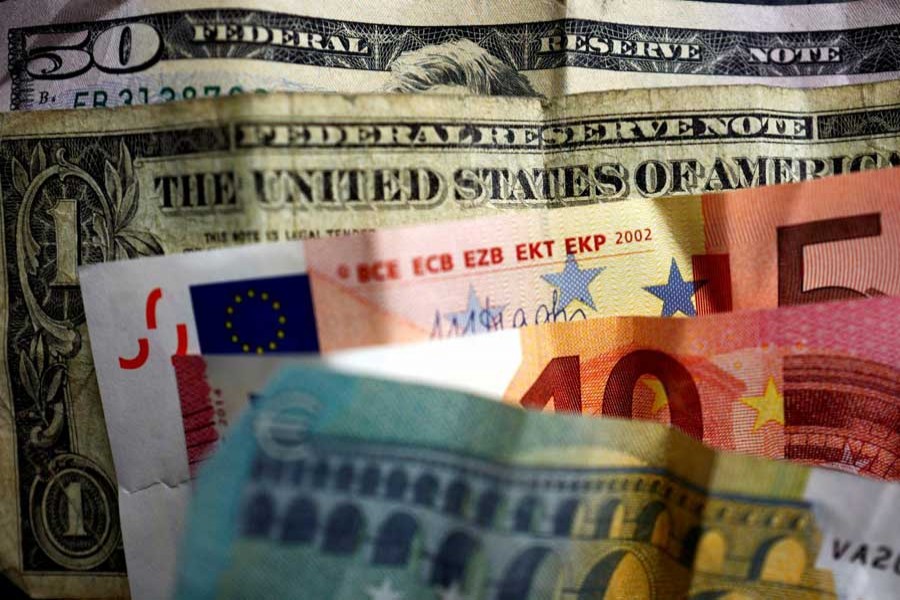The euro slipped on Friday and is set for a sixth consecutive week of losses as concerns over Italy’s debt outlook weighed on sentiment, although losses were checked after North Korea said it was still open to resolving issues with the United States.
Broader currencies remained in a range with investors digesting a week of heavy newsflow including broadly perceived dovish Fed minutes and mixed European data with the dollar holding below a December 2017 high of 94.19 hit this week.
“The euro continues to be under pressure especially against the franc as Italian/German spreads are widening but markets are taking a “wait and see” approach for now,” said Alvin Tan, an FX strategist at Societe Generale in London.
Risk aversion was evident in FX markets with the Swiss franc set to post its fourth consecutive weekly gain against the euro as Italian and German bond yield spreads pushed towards the 200 basis points mark, the highest in nearly a year.
The euro steadied at $1.1691, just above a 6-1/2 month low of $1.1676 hit earlier this week as poor economic data also dented optimism about the single currency’s outlook.
Data this week showed German PMI data fell to a 20-month low in May indicating that economic momentum in Europe’s biggest economy was faltering and European Central Bank minutes of its April meeting showed policymakers were worried about a more pronounced slowdown in the eurozone and political uncertainty in Italy.
Against the franc, the euro was holding near its lowest level since early March hit earlier this week. The pair is a barometer of risk over the euro’s outlook.
Goldman Sachs said on Thursday that any systemic spillovers from Italian political risks into peripheral Europe could push the euro down against the dollar by “around five big figures.”
Though the yen and the safe-haven Swiss franc are set to notch up big weekly gains in response to heightened worries over global politics, traders were quick to lock in gains ahead of long weekends in the United States and Britain, Reuters reported.
The dollar had been rising for weeks on its widening yield advantage but lost some of its momentum after minutes of the Federal Reserve’s last policy meeting published on Wednesday were seen as more dovish than markets had expected.


